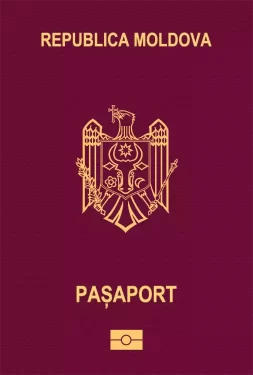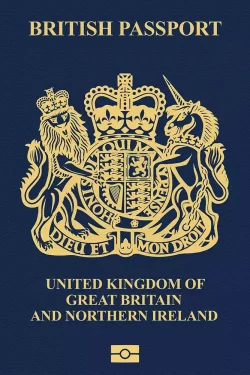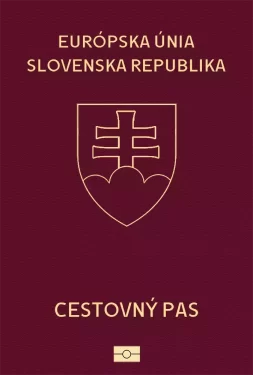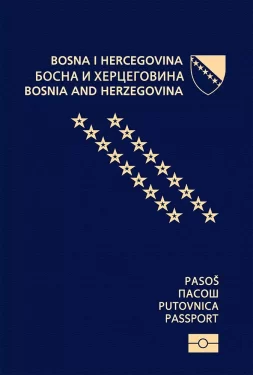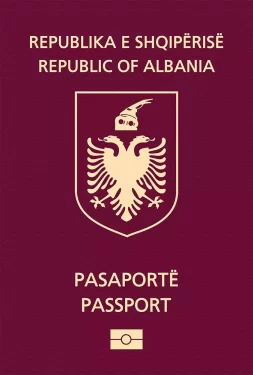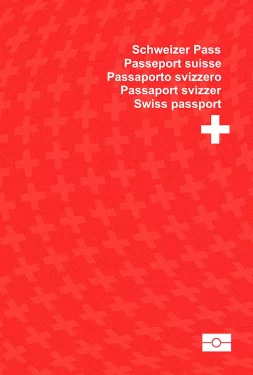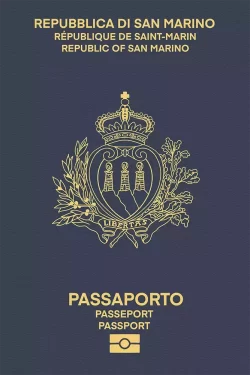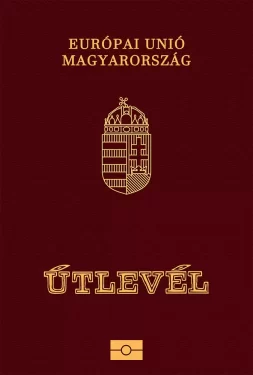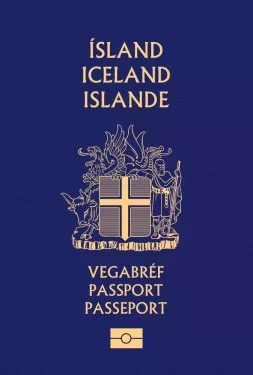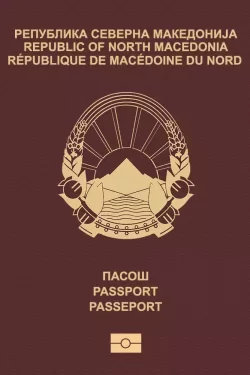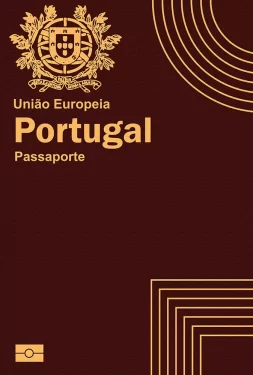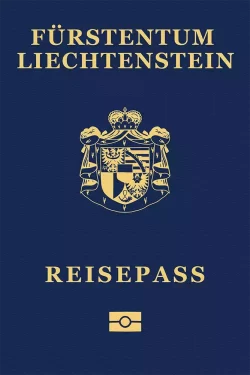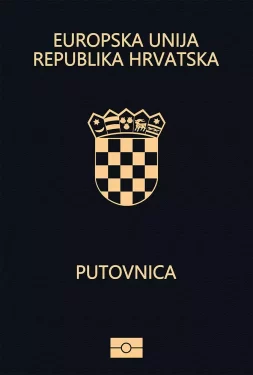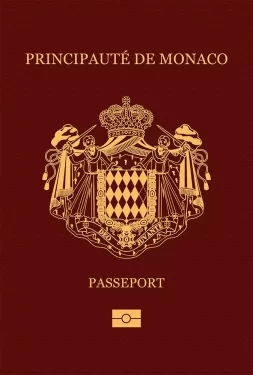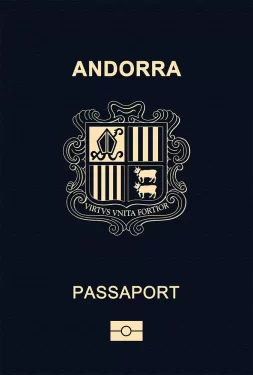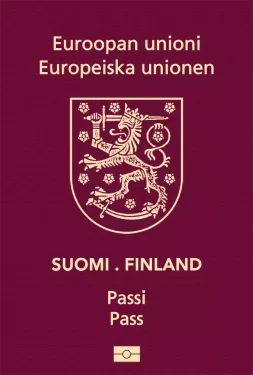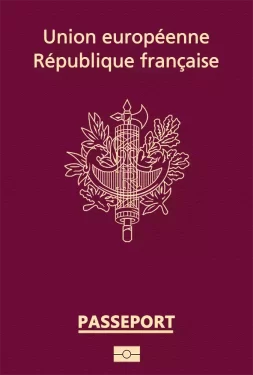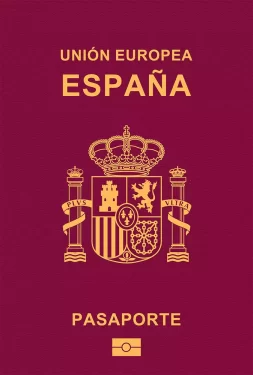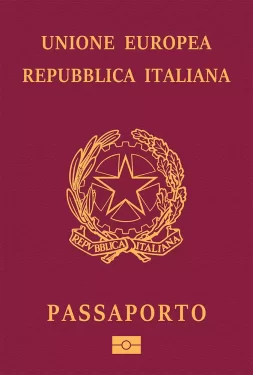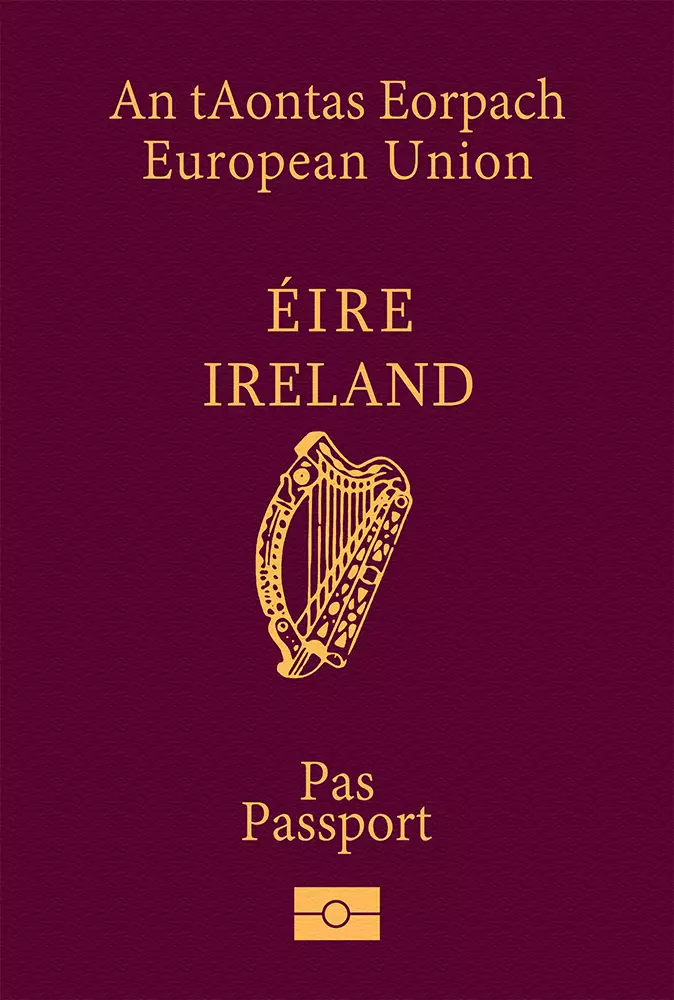
Ireland
Ireland passport ranking
The Irish passport is currently ranked 5th place on the Guide Passport Index. It provides visa-free access to 190 countries. It is considered one of the most desirable passports in the world with a very high mobility score. Irish passport holders have visa-free access and visas on arrival to countries such as Brazil, Japan, United Kingdom, United Arab Emirates and United States allowing almost instant travel worldwide. Irish passport holders do however require a visa to enter about 39 destinations in the world.
Ireland Passport Ranking
The Ireland passport ranking relative to other global passports is calculated by adding up the number of countries that allow Ireland passport holders to enter without a visa (i.e. visa-free countries) and those that allow Ireland passport holders to enter by obtaining a visa on arrival (i.e. visa-on-arrival countries) or an electronic travel authorization (eTA). There are currently a total of 143 Ireland passport visa-free countries, 35 Ireland visa-on-arrival countries, and 12 eTA destinations.
Altogether, Ireland passport holders can enter a total of 190 destinations—either without a visa, through a visa on arrival, or via an eTA. As a result, the Ireland passport ranks 5 in the world.
Separate from these Ireland visa-free countries and visa-on-arrival countries, there are 39 additional destinations which Ireland passport holders either need a physical visa to enter or an eVisa (i.e. visa required countries).
About Ireland
The island nation of Ireland consists of 26 counties and is part of the European Union. The nation’s only neighboring country is the United Kingdom with Northern Ireland. The country is otherwise surrounded by the North Atlantic Ocean. The most important provinces are Dublin, Cork and Limerick. Ireland has a surface area of 70,273 square kilometers. It is one of the smaller countries in the European Union. Its climate is generally temperate maritime with mild winters and cool summers. The geography is dominated by mostly flat terrain with low mountains and sea cliffs on the west coast.
The overall population is over 7 million people. The capital of the country is Dublin, which is also the most populous city with more than 1.2 million inhabitants in the metro area. It is followed by the cities Limerick and Cork. The largest airport is Dublin Airport (DUB) with 32 million yearly passengers followed by Cork Airport with 2.5 million annual passengers.
Irish culture is of Celtic heritage and rich of history. The Roman Catholic religion is the main religion. The official languages in the country are English and Irish. The legal system is the common law with the judicial review of any legislation by the Supreme Court. The government type is a parliamentary republic. The elected chief of state is currently President Michael D. Higgins and the head of government is Leo Varadkar.
The official currency of the country is the Euro (EUR) with the current exchange rate being EUR 0.93 to the USD. The country has an open economy, generating a GDP of approximately $412.7 billion, making it the 19th largest economy in Europe. Its citizens have a per capita income of $86,988. The GDP is mostly made up of services and the industry sector. Its main goods of export are pharmaceuticals, chemicals, barley and potatoes. The nation has an especially well-developed banking sector.
Ireland is filled with a variety of urban, cultural and natural tourism destinations and attractions. It is especially known for its rich Gaelic culture, attracting tourists during winter and summer. Some of the major destinations include the Cliffs of Moher, Grafton Street, Killarney National Park, the Ring of Kerry, Blarney Castle and the Aran Islands. The country has a total of approximately 11 million tourists visiting every year. The majority of tourists are originating from Europe and the United States.
